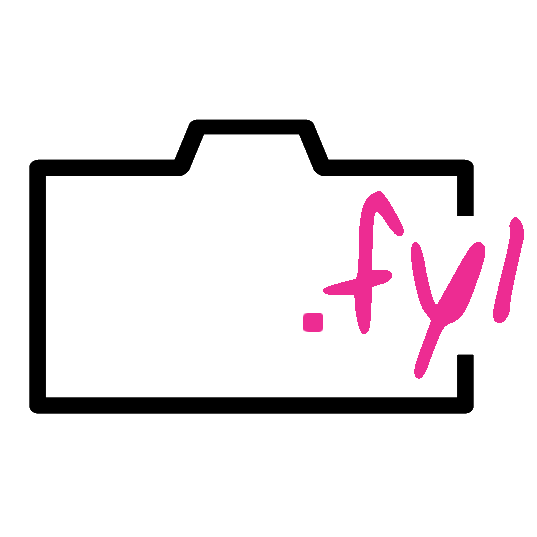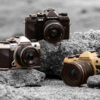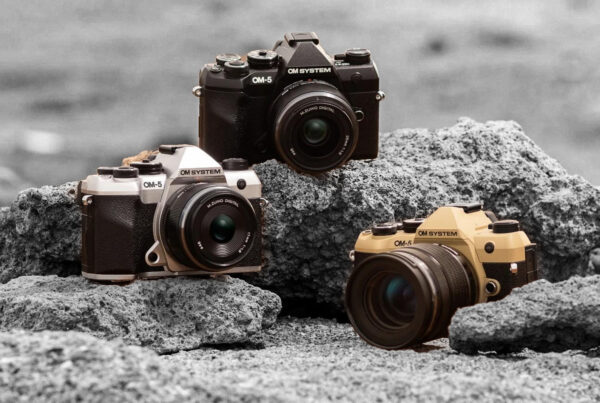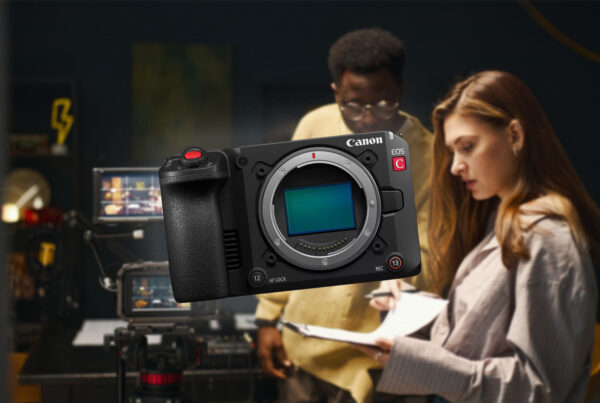Credit: Leica
The photography world often debates whether gear makes the photographer or if it’s purely about vision and skill. The Leica Q3 presents an interesting perspective in this ongoing discussion, offering a simplified yet premium approach to digital photography. As someone who has extensively tested this camera, I’m sharing my insights into what makes the Q3 both revolutionary and challenging.
The Birth of Simplicity
The Q3‘s story begins in Wetzlar, Germany, where Leica faced a unique challenge: their exceptional lenses often cost more than their competitors’ entire camera systems. This price barrier limited their market reach, particularly among photographers wanting to enter the Leica ecosystem. The solution? A premium fixed-lens camera that would eliminate the need for additional lens investments while maintaining Leica’s legendary quality standards.
Design and Build Quality
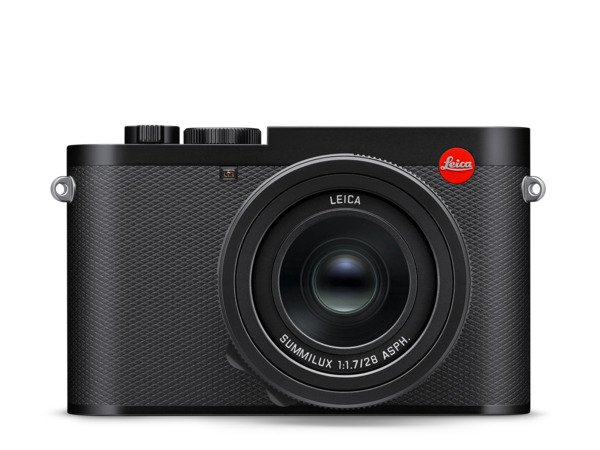
Credit: Leica
The Q3 maintains Leica’s reputation for exceptional build quality. The camera features a robust metal body that feels substantial without being cumbersome. At 743 grams (without lens hood and cap), it strikes a balance between durability and portability. The camera’s design is quintessentially Leica – minimalist, functional, and timeless.
The fixed 28mm f/1.7 Summilux lens deserves special attention. This piece of optical engineering delivers exceptional sharpness and beautiful bokeh, characteristic of Leica’s premium lenses. The decision to use a 28mm focal length might seem limiting, but it encourages photographers to think differently about composition and subject engagement.
Interface and Controls
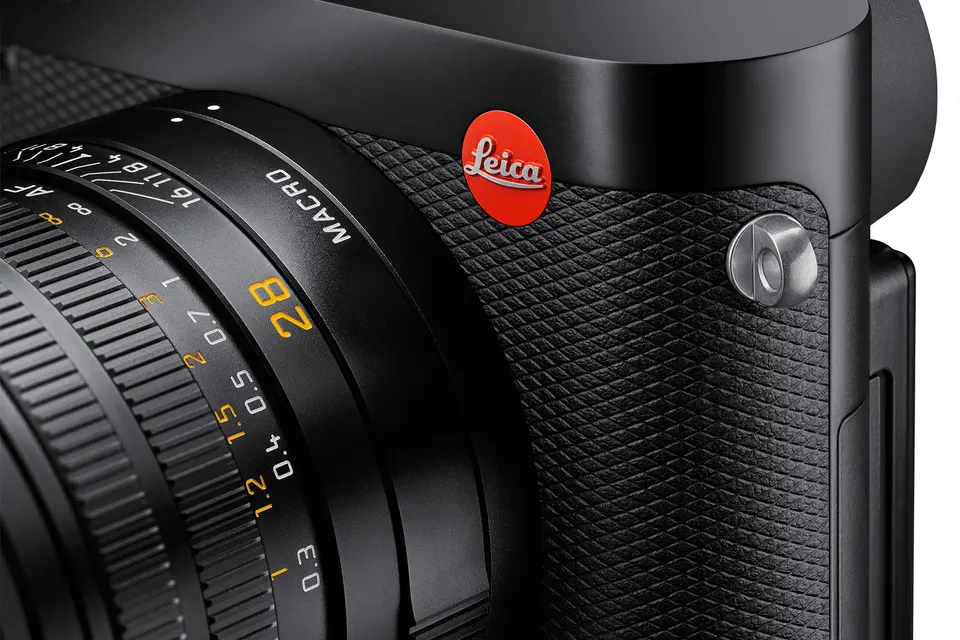 Credit: Leica
Credit: Leica
The Q3’s menu system represents both innovation and challenge. Four customizable top-menu buttons allow for quick access to frequently used functions, but the learning curve is steep. Unlike conventional cameras with dedicated buttons for common functions, the Q3 requires users to memorize their custom button assignments.
The autofocus system presents another interesting dichotomy. While capable and accurate, switching between manual and autofocus modes requires accessing a small button near the lens base – a design choice that prioritizes aesthetics over ergonomics.
Digital Innovation
Leica’s approach to digital zoom deserves mention. While the camera captures images with the 28mm lens, it offers a unique framing system in the electronic viewfinder (EVF) that displays crop lines for 35mm and 50mm equivalent focal lengths. This feature helps photographers visualize different compositions while maintaining the option to crop in post-processing.
Real-World Performance
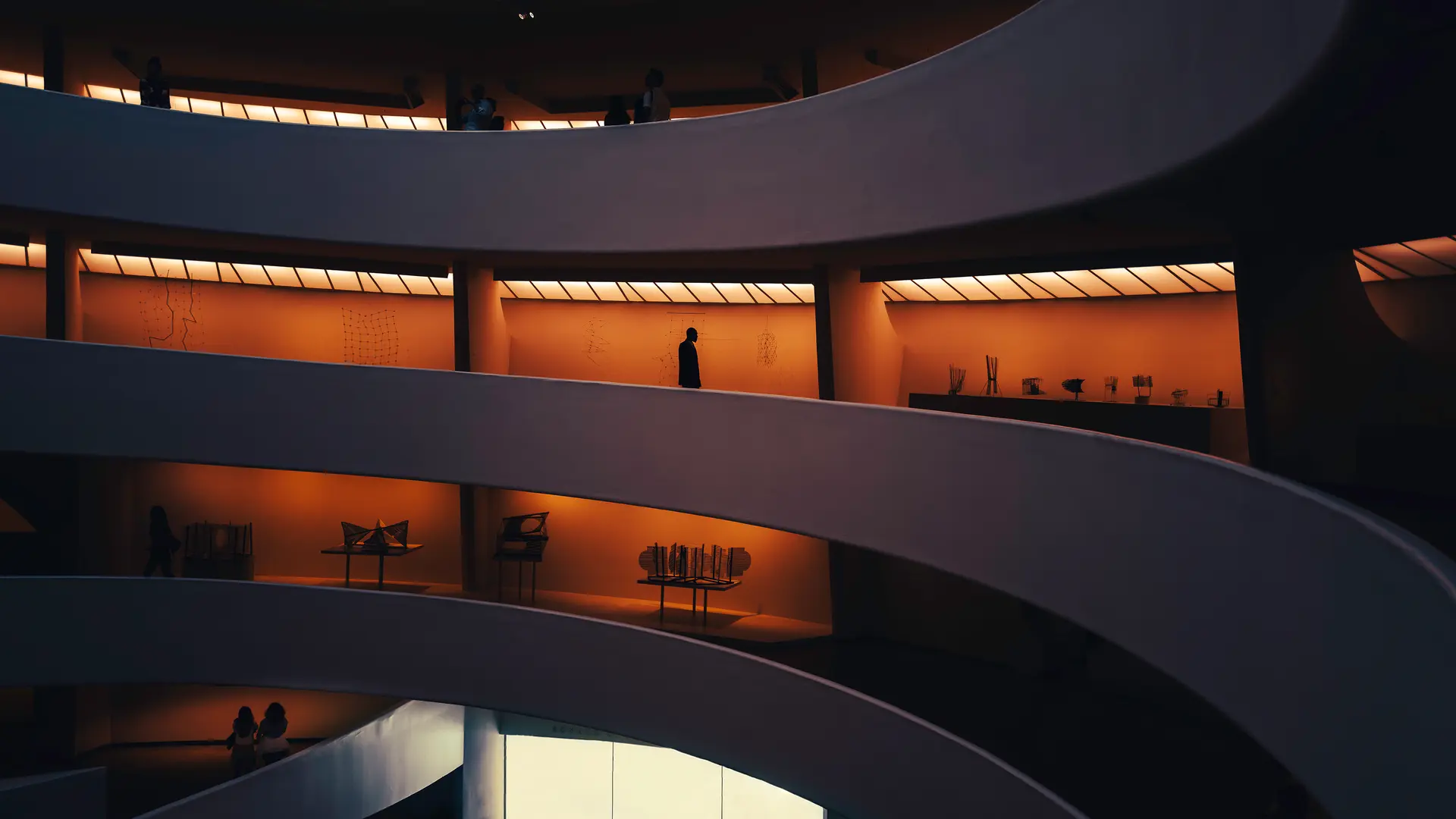 Credit: Leica – Brett Curry
Credit: Leica – Brett Curry
The Leica Q3‘s image quality is exceptional, producing files with excellent detail, natural colors, and impressive dynamic range. The comparison with other full-frame cameras, like the Sony a7R IV, shows that the Q3 holds its own in terms of image quality while offering a distinct shooting experience.
The camera’s unusual characteristics include a notably stiff shutter button – so firm that some users have sent their units for adjustment. Leica offers a soft-release button accessory for $75, which some photographers find necessary for comfortable operation.
Unexpected Challenges
Several aspects of the Q3 require adaptation:
- The unlabeled menu system demands muscle memory development
- The challenging AF/MF switching mechanism affects spontaneous shooting
- The lack of a built-in grip influences handling (though an accessory grip is available)
- The lens hood’s tight integration with the lens cap creates unnecessary complexity
Investment Considerations
At its price point, the Lecia Q3 represents a significant investment. However, when compared to the cost of a Leica interchangeable lens system, it becomes more reasonable for photographers seeking entry into the Leica ecosystem. The fixed lens eliminates future lens purchases while delivering premium optical quality.
Final Thoughts
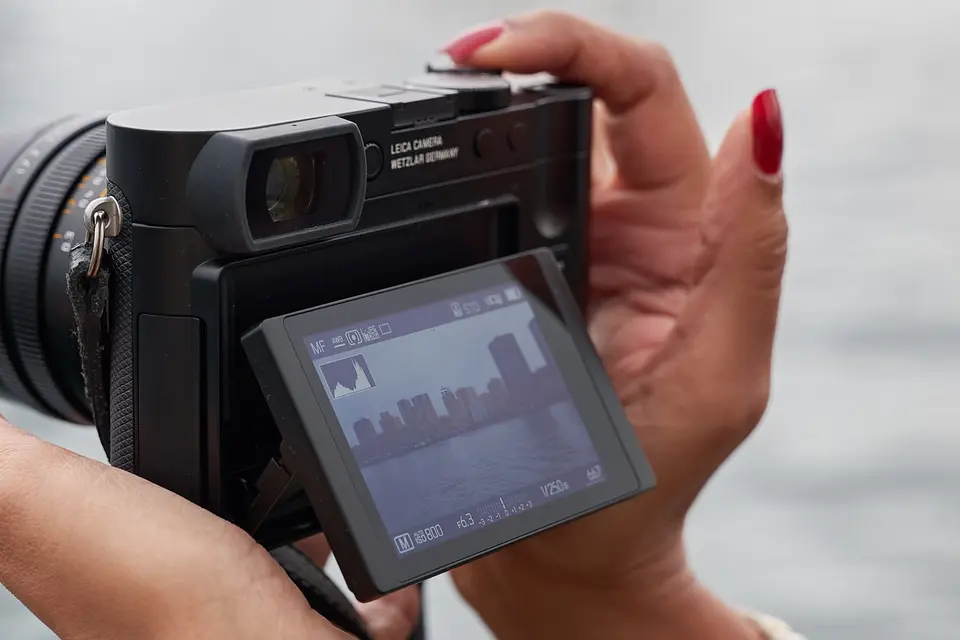
Credit: Leica
The Leica Q3 embodies both innovation and tradition. It challenges conventional thinking about camera design while maintaining Leica’s commitment to optical excellence. Despite its quirks – or perhaps because of them – it delivers a unique photography experience that encourages thoughtful composition and technical mastery.
For photographers who appreciate simplified gear choices and premium build quality, the Q3 offers a compelling proposition. It’s not just a camera; it’s a statement about how we approach photography in an era of endless options and configurations. While it may not be the perfect tool for every photographer, it excels at what it was designed to do: capture exceptional images while encouraging a more considered approach to photography.


